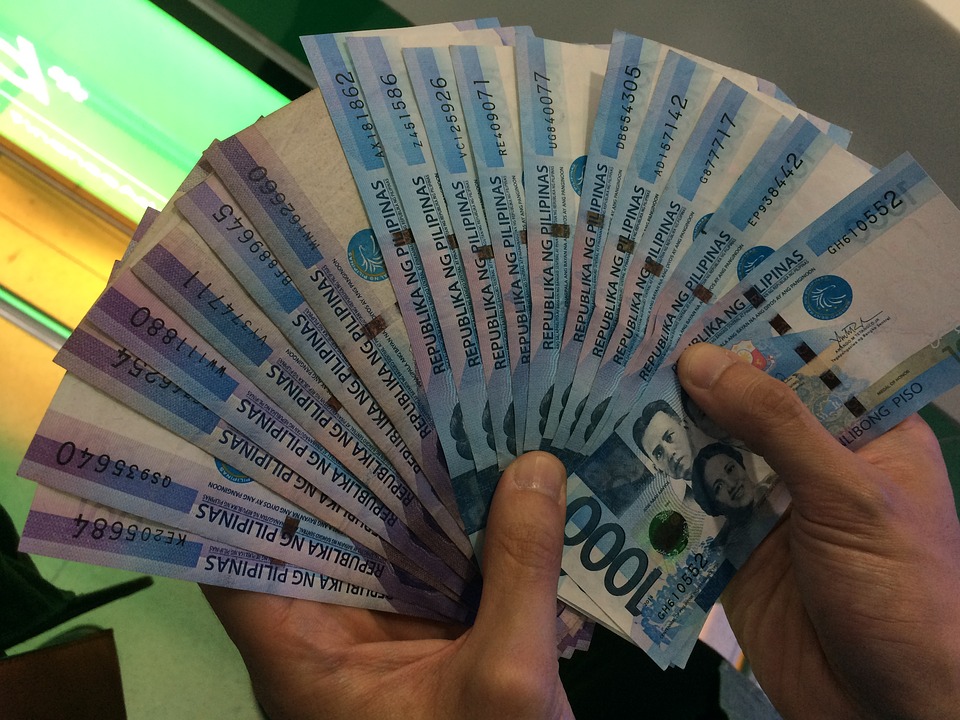
MANILA — The country’s inflation rate rose to 1.3 percent in November, the highest after the 1.7 percent last August, from month-ago’s 0.8 percent primarily due to faster rate of price increases of alcoholic beverages and tobacco index.
The latest inflation rate, however, is way below the 6 percent level in the same period last year.
The average inflation to date stood at 2.5 percent, still within the government’s 2 to 4 percent target band, Philippine Statistics Authority (PSA) head Claire Dennis S. Mapa announced in a briefing Thursday.
Other drivers of the inflation rate in the 11th month this year are housing, water, electricity, gas and other fuels; furnishing, household equipment, and routine maintenance of the house; health; and communication.
On the other hand, inflation of the heavily-weighted food and non-alcoholic beverages posted a zero percent annual growth last November from 0.9 percent decline in the previous month.
Among the meat products, Mapa said the inflation rate of chicken rose by about 20 percent and beef by around 5 percent while inflation rate of pork posted a higher negative rate of -6 percent from -4 percent last October.
He said the upticks in the prices chicken and beef were noted since last month due to the impact of the African Swine Fever (ASF) on pork meat.
Core inflation, which excludes volatile items like food and energy items, however, posted a flat growth of 2.6 percent, resulting to an average of 3.3 percent to date. Year-ago core inflation is higher at 5.1 percent.
Mapa said domestic prices are still on deflation mode, with the November figure at -8.3 percent from month-ago’s -9.7 percent.
“This is already the 7th month that prices are on deflation,” he added.